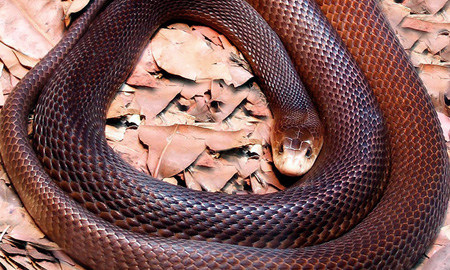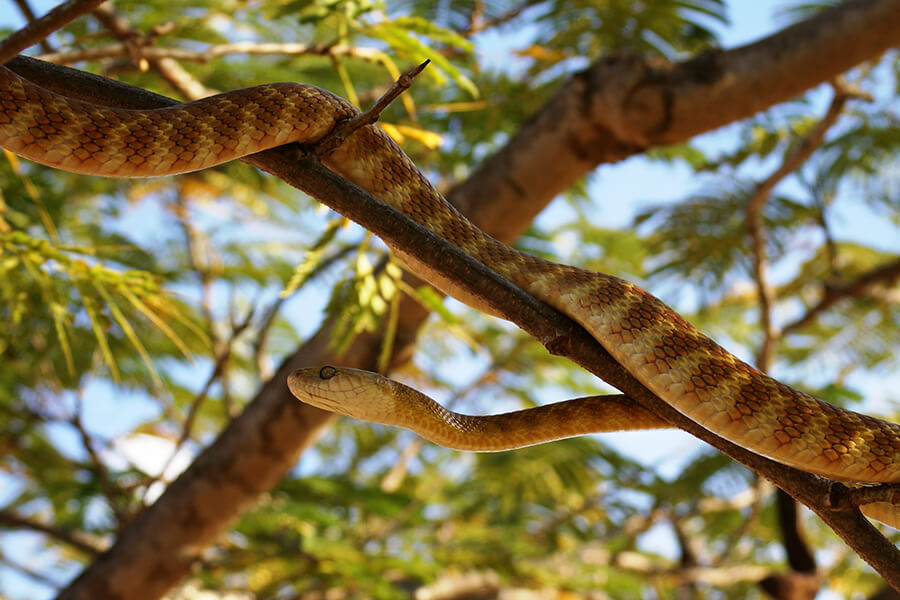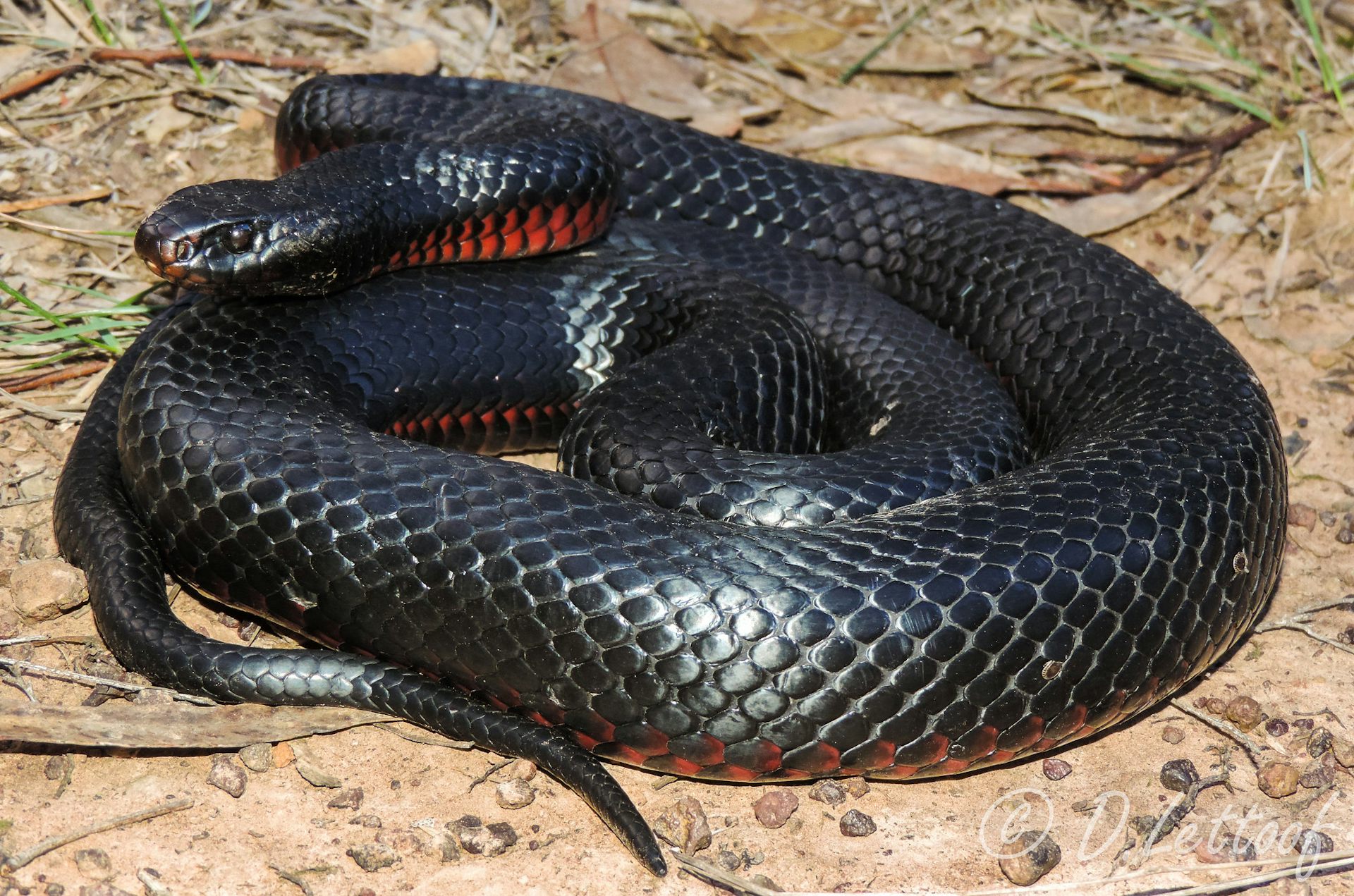Introduction
The tiger serpent is one of Australia's a lot of infamous reptiles, been afraid for its powerful poison and aggressive temperament. This remarkable animal plays an essential duty in the community, yet it often faces misunderstandings that lead to unnecessary anxiety. In this detailed post, we will certainly explore the world of the tiger serpent, exploring its habitat, venom characteristics, and essential first aid practices in situation of a serpent bite.
Understanding the Tiger Snake: Habitat, Venom, and Emergency Treatment Essentials
Tiger serpents are predominantly found along the southern coastline of Australia, consisting of Tasmania. They grow in different settings such as marshes, coastal areas, and also urban areas. Their flexibility makes them successful predators; nonetheless, their closeness to human habitats commonly results in experiences that can result in bites.
This write-up aims to debunk tiger serpents by reviewing their environment preferences, analyzing their poison composition and results on humans, and giving essential emergency treatment details for bites.
1. Tiger Serpent Environment: Where Do They Live?
1.1 Summary of Tiger Snake Distribution
Tiger snakes (Notechis scutatus) are mainly discovered in southerly Australia and Tasmania. They live in various communities ranging from coastal marshes to freshwater lakes.
- Coastal Areas: Tiger snakes are commonly discovered near coastlines where they hunt for fish and amphibians. Wetlands: These areas offer adequate hiding areas and bountiful prey. Urban Areas: As cities increase into natural habitats, tiger serpents might be seen venturing into rural gardens or parks.
1.2 Preferred Environments of Tiger Snakes
Tiger serpents favor wet settings where water resources are readily offered. Their habitats typically include:
- Marshes: The thick vegetation allows them to assail target effectively. Swamps: These areas use shelter from killers while offering an abundant hunting ground. Riversides: Water bodies attract lots of animals which act as food sources for these snakes.
1.3 Environmental Aspects Influencing Environment Choice
Several factors affect where tiger snakes select to reside:
- Temperature: Being ectothermic (cold-blooded), they require cozy environments for optimum task levels. Prey Accessibility: High populaces of frogs and little creatures bring in these snakes. Shelter: Thick vegetation serves not only as camouflage but additionally as defense versus prospective threats.
2. Are Tiger Snakes Venomous? Understanding Their Venom
2.1 Composition of Tiger Snake Venom
Yes! Tiger serpents are without a doubt venomous animals. Their venom is an intricate mixture including neurotoxins that can trigger paralysis and coagulopathies affecting blood clot mechanisms.
Key Parts of Venom:
- Neurotoxins: Affect nerve feature leading to paralysis. Hemotoxins: Damages capillary causing inner bleeding.
Understanding these elements aids us value the effectiveness of a tiger snake bite.
2.2 Impacts of a Tiger Snake Bite on Humans
A bite from a tiger snake can cause severe symptoms:
- Local Symptoms: Discomfort, swelling, and discoloration at the bite site. Systemic Signs and symptoms: Nausea or vomiting, throwing up, difficulty taking a breath because of paralysis or restriction of airways.
Severity Levels
Minor Bite: Local pain without systemic symptoms. Moderate Bite: Systemic signs but workable with clinical care. Severe Bite: Lethal; needs instant clinical intervention.3. Identifying Different Kinds Of Tiger Snakes
3.1 Eastern vs Tasmanian Tiger Snakes
There are 2 key classifications based upon geographical distribution:
Eastern Tiger Serpent (Notechis scutatus)
Found along eastern coastlines as much as Queensland.
Tasmanian Tiger Snake (Notechis scutatus)
Adapted particularly to Tasmania's special atmosphere with slightly differing coloration patterns.
3.2 Color Variations in Environment Preferences
Tiger serpents exhibit significant color variations depending on their habitat:
- Coastal populations usually display stripes or blotches for much better camouflage versus sandy shores.
4. Habits Patterns of Tiger Snakes
4.1 Hostility Level
Tiger snakes are understood for their hostile actions when threatened or cornered which can cause protective strikes if provoked.
4.2 Searching Techniques
They possess impressive agility permitting them to strike swiftly at victim such as frogs or small rodents mostly throughout twilight hours when they're most active-- making them nocturnal hunters!
5. Emergency Treatment for Serpent Bites: Vital Actions You Must Know
When it comes to handling snake attacks, knowledge is vital!
https://skillstrainingcollege.com.au/copperhead-snake-facts/
5.1 Immediate Actions After a Bite
If bitten by a tiger snake:
Stay tranquility! Panic enhances heart rate which spreads out poison quicker through your bloodstream.
Apply stress around the wound making use of clean towels-- stay clear of cutting or sucking out venom!
Remove limited clothing/jewelry near the bite website; swelling may happen rapidly.
Immobilize the affected arm or leg using splints when possible-- this limits motion assisting slow down poison spread!
5.2 Getting Medical Help
Seek emergency situation medical assistance right first aid for snake bite with pictures away! Time is vital when managing prospective envenomation from tiger snakes!
5.3 Emergency treatment Set Basics for Snake Bites
Having a well-equipped first aid kit can make all the distinction throughout emergencies:
|Product|Description|| ------|-------------|| Pressure Plaster|Helps immobilize wound|| Sterilized Gauze|For clothing injuries|| Emergency Call Information|Quick access numbers|| Antivenom Information|Understanding concerning regional antivenoms|

6 FAQs Concerning Tiger Snakes
Q1: Are all tiger snakes dangerous?
A: While all have poisonous capabilities affecting humans substantially-- most prefer avoidance unless threatened!

Q2: Exactly how quickly does tiger serpent poison impact humans?
A: Symptoms may manifest within mins depending on area & & amount injected during envenomation events!
Q3: Can you survive a tiger snake bite without treatment?
A: Without treatment attacks can be fatal because of fast development; prompt healthcare is crucial!
Q4: What ought to I do if I come across one?
A: Maintain range & & retreat gradually; prevent sudden movements that might prompt aggression!
Q5: How usual are attacks from tiger snakes?
A: Although experiences happen often-- actual bites continue to be are tiger snakes venomous reasonably rare due largely due preventive steps taken by citizens living within influenced ranges.

Q6: Is there an antidote available?
A: Yes! Antivenoms certain for Australian species exist-- clinical facilities bring these drugs prepared when required quickly post-bite incidents!
7 Conclusion
Understanding the ins and outs bordering "Recognizing the Tiger Snake: Environment, Venom, and First Aid Fundamentals" is extremely important not just for personal safety however additionally promoting conjunction with these impressive animals inhabiting Australia's landscape! By learning more about their habits & & effective action techniques relating to potential encounters-- we furnish ourselves much better versus unneeded fears while valuing nature's variety totally! So let's embrace education and learning rather fear-- it leads towards harmony in between mankind wild animals alike!